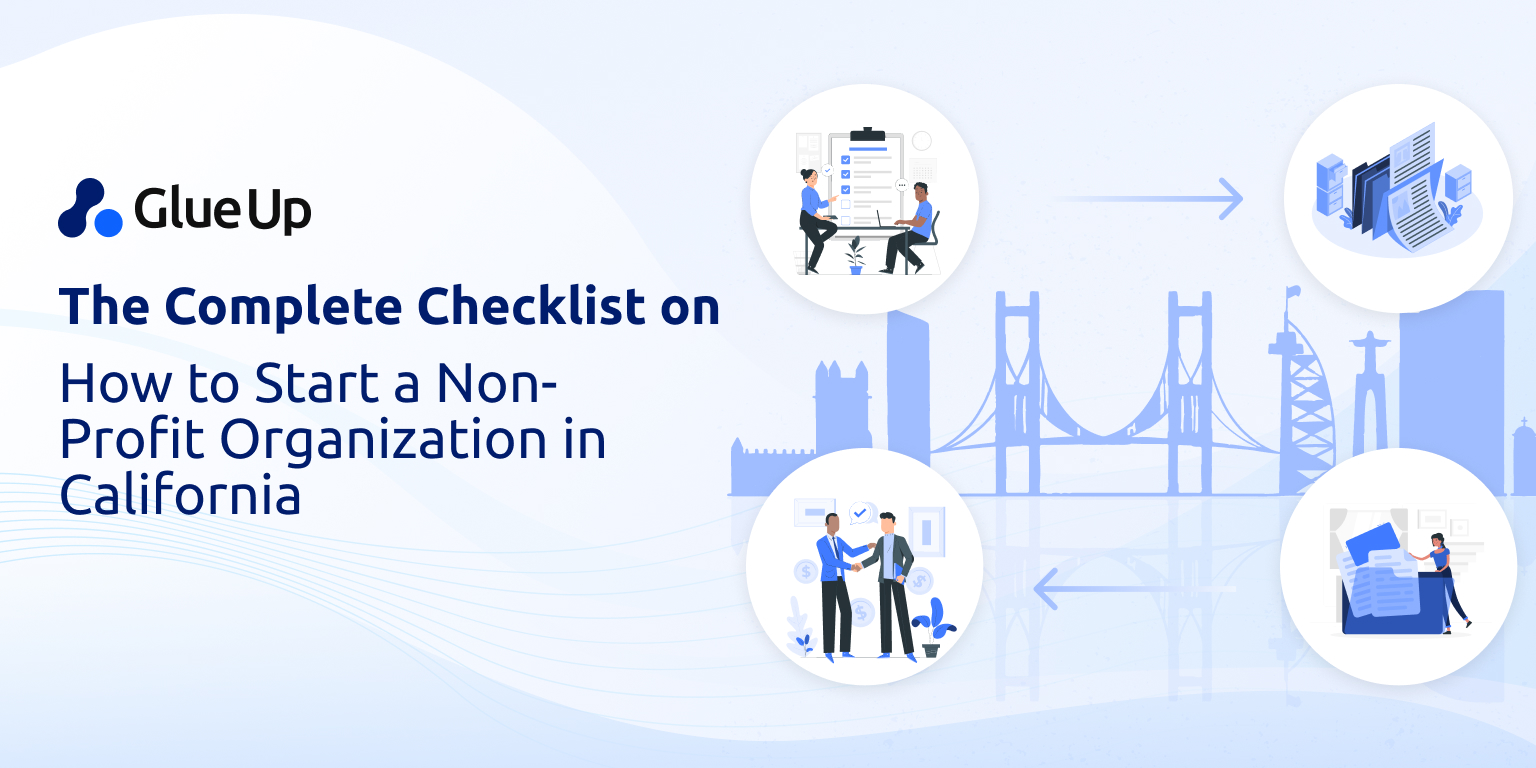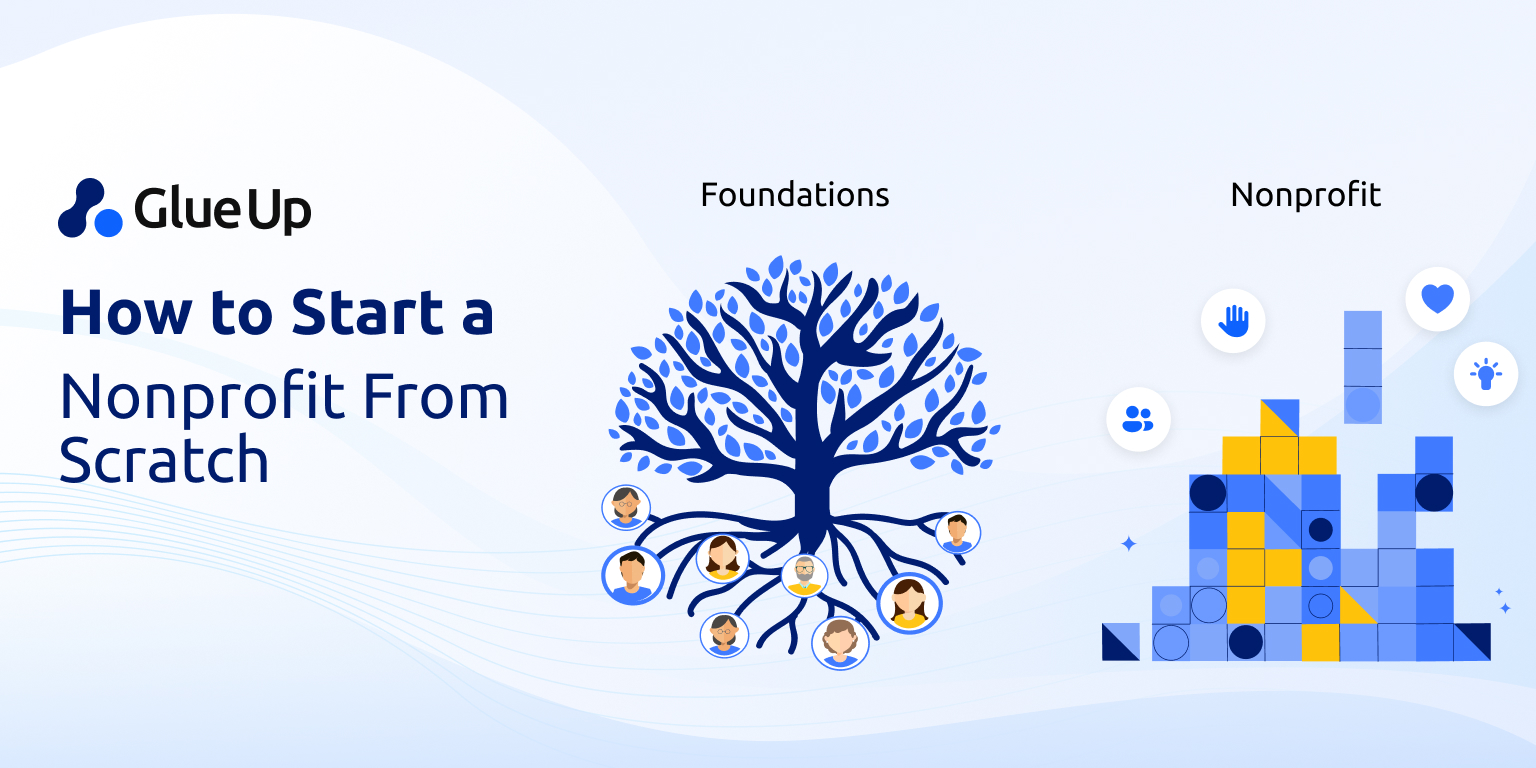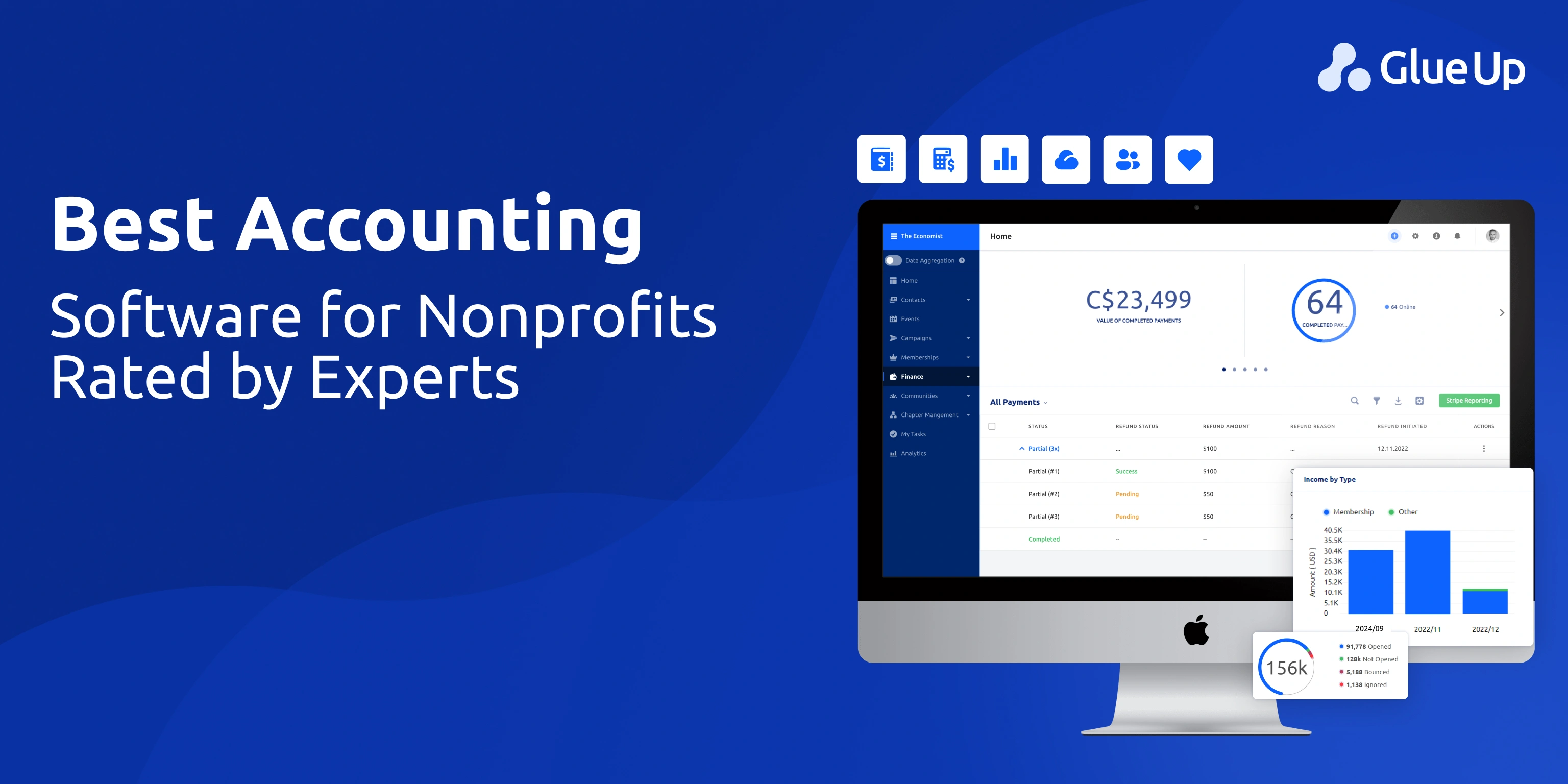![Creating Nonprofit Affiliate Structures - A 5-Step Guide [With Common Issues and Best Practices] Creating Nonprofit Affiliate Structures - A 5-Step Guide [With Common Issues and Best Practices]](/sites/default/files/2023-03/nonprofit%20affiliate%20structure.webp)
Nonprofits consider expansion for many reasons, such as increasing impact, meeting community needs, and diversifying funding sources. They often seek to expand their reach by establishing nonprofit affiliate structures, which are separate but connected organizations that share a common mission.
Nonprofit affiliates increase the organizations' impact by allowing them to extend their services and programs to new locations or audiences.
Regardless of the impact they make, creating a nonprofit affiliate structure can be challenging, However, with careful planning and execution, it can be a rewarding and successful endeavor.
In this article, we will discuss the five key steps for creating a nonprofit affiliate structure, the most common issues you can encounter, and the best practices to avoid them.
But first…..
Quick Reads
- Do Nonprofit Affiliates have the same structure as chapters?
- 5 Steps for Creating Nonprofit Affiliate Structures
- Structures for nonprofit affiliates: Issues and Best Practices
Do Nonprofit Affiliates have the same structure as chapters?
No. Nonprofit affiliates and chapters are two different types of expansion, often used by larger nonprofit organizations to improve their reach and impact.
A nonprofit chapter is a separate entity that operates under the umbrella of a larger nonprofit organization, often with its own board of directors and staff.
Chapters are typically formed to serve a specific geographic area or to focus on a particular program or initiative. However, they do not have independent legal status and are accountable to the parent organization for financial and operational matters.
On the other hand, a nonprofit affiliate is a separate organization that is associated with a larger nonprofit organization but has independent legal status.
Affiliates may have their own board of directors, staff, and fundraising activities, and are typically established to pursue a specific mission or goal that aligns with the parent organization. However, they still maintain a close relationship with the parent organization and often share resources and branding.
5 Steps for creating Nonprofit Affiliate Structures
Step # 1: Decide on the Governance Structure
When creating a nonprofit affiliate structure, it is essential to decide your governance model. The balance between control and autonomy should be carefully considered when designing the governance structure and establishing the rules.
Being the parent organization, you should have a certain level of control over the affiliates to ensure that they are aligned with the organization's mission and values. However, you should also give them autonomy to adapt to local needs and circumstances.
To ensure a successful relationship with your affiliates, try following these tips:
A. Establish standards for the board
What are your guidelines for handling conflicts of interest with/ among affiliates? Or who will have the final say in major decisions?
B. Decide on the governance model
How do your chapters answer the national board?
A centralized model has a single governing board responsible for all operations, while in a decentralized model, each affiliate leader has a say in decision-making. You can also choose a hybrid governance model that combines elements of both models.
Step # 2: Establish Clear Rules and Policies
Once the governance model is selected, establish clear rules and guidelines for the affiliates. These rules should be documented in writing, and all parties should agree to them.
The rules should define the roles and responsibilities of the governing boards, outline the decision-making process, and establish the parameters for financial management.
Include policies on membership, fundraising, and program implementation. Revisit these guidelines regularly to ensure they remain current and relevant.
Policies keep everyone on the same page and provide a baseline for measuring affiliate performance. If an affiliate consistently breaks the rules, you can let them go to work for another organization or set up their own business.
These affiliates use your name to run and hence should hold to your standards.
Step # 3. Choose a Central Location for Coordination
Selecting a central location is crucial when creating a nonprofit affiliate structure. The central location can be your headquarters or a regional office. The main function of this office is to provide administrative support and coordinate the activities of the affiliates. It is also responsible for ensuring compliance with legal and regulatory requirements.
Choose an accessible location where every chapter leader can come for a meetup or training session. Make sure your office space is affordable and large enough to accommodate future growth.
If you're moving, you'll need to figure out the cost and logistics of moving, including transferring any furnishings and files from your current location to the new one.
Step # 4. Take Care of Budgeting and Finances

As the size of your nonprofit increases, your cash flow will also increase. This will make financing and budgeting more important than ever.
Before signing up an agreement with the affiliate, make sure they are financially stable and can operate independently without relying on your funding.
If possible, hire a full-time accountant to do the bookkeeping, and reporting for you. You can also use a financial management system to manage your finances and provide transparency and accountability to the governing boards and stakeholders.
Additionally, here are a few things to ensure effective financial management and accountability.
- Keep track of every expense
- Conduct regular audits for both your headquarters and affiliates
- Negotiate better deals on services
- Use your funds wisely
Step # 5: Digitize your Systems
As your affiliates grow in number, keeping track of their performance, ensuring brand consistency, and maintaining autonomy and transparency become more challenging. Thus, it makes it extremely necessary to digitize your systems.

Chapter management software is an all-in-one solution for multi-tier organizations like yours. It helps streamline operations and improve communication between your headquarters and affiliates.
The software also provides real-time access to financial data and program implementation progress as well as helps track membership and donations, making it easier to manage your fundraising efforts.
The platform has several other features like a shared event calendar, granular control of permissions, and a branded mobile app. If you’d like to learn more about the software, get a personalized 30-minute demo by a Glue Up expert.
Structures for Nonprofit Affiliates: Issues and Best Practices
Nonprofit affiliate structures can be a powerful way for organizations to expand their reach and impact. However, there are several common issues that organizations may face when establishing and managing affiliate structures.
Here are three of the most common issues, as well as best practices for addressing them:
Communication and Coordination

One of the most significant issues faced by nonprofit affiliate structures is communication and coordination. As your association grows and expands, it can become more challenging to ensure that all affiliates are working towards the same goals and objectives.
Best practices
- Develop a communication plan that outlines the frequency and mode of communication between the parent organization and its affiliates.
- Schedule regular meetings between the parent organization and affiliates to discuss progress and updates.
- Establish clear guidelines for reporting and accountability to ensure that everyone is working towards the same goals.
Branding and Identity
Another challenge faced is maintaining a consistent brand and identity across all affiliates.
While each affiliate may have its unique mission and approach, it's essential to ensure that they all align with your values and branding.
Best practices
- Develop a set of brand guidelines that outline the parent organization's visual identity and messaging.
- Ensure that all affiliates are aware of and adhere to the brand guidelines.
- Provide training and support to help affiliates align their messaging and branding with the parent organization.
Governance and Oversight
Nonprofit affiliate structures can also face governance and oversight issues, particularly as organizations grow and expand.
Best practices
- Establish clear governance structures that outline the roles and responsibilities of the parent organization and its affiliates.
- Provide training and support to affiliates to help them understand their legal and regulatory requirements.
- Implement regular monitoring and oversight to ensure that all affiliates are meeting the standards set by the parent organization.
In conclusion, creating a nonprofit affiliate structure requires careful planning and execution. You must have a strong governance model with clear guidelines to ensure a successful expansion. Additionally, ensuring their compliance with rules and standards as well as maintaining consistent branding is imperative for your nonprofit’s health in the long run.
If you are looking for more information on managing relationships with your affiliates through digital solutions, feel free to reach out to us.



